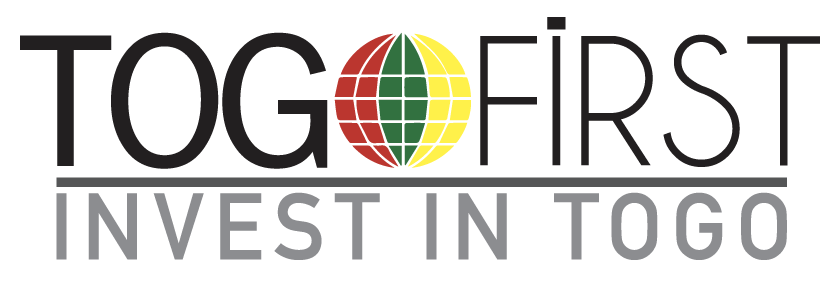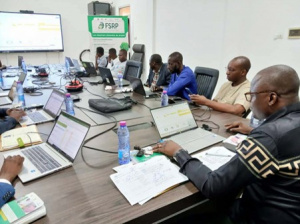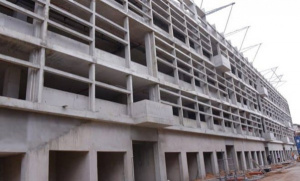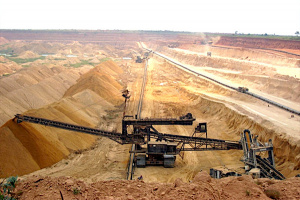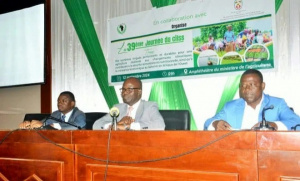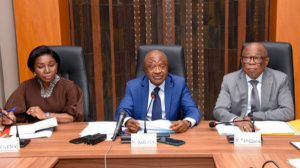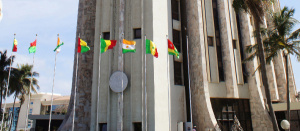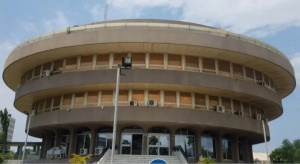Togo First
World Bank Evaluates Food System Resilience Program in Togo
A World Bank technical mission was in Togo from September 9 to 13, 2024. The delegation came to evaluate the progress of the Food System Resilience Program (FSRP-Togo). The group included teams from regional organizations like the Permanent Inter-State Committee for Drought Control in the Sahel (CILSS), the West and Central African Council for Agricultural Research and Development (CORAF), and ECOWAS. Their goal was to review the implementation of the FSRP and standardize the tools used to measure and analyze the program's indicators.
During their visit, the team gathered data to analyze the program's results framework indicators in depth. They reviewed the calculated results, formulas used, and data collection tools to ensure consistent evaluation methods across the region and to consolidate databases for better analysis of progress.
The review focused on additional indicators reported by Togo, particularly ODP2, ODP3, ODP4, ODP5, and IRI1. These key indicators measure aspects such as the number of beneficiaries, access to hydrological and agrometeorological advisory services, land under sustainable management, and the adoption of climate-smart agricultural technologies. The IRI1 indicator specifically looks at user satisfaction with climate and agricultural advisory services.
Launched in 2022 and funded by the World Bank, the FSRP aims to strengthen resilience against food insecurity and improve food system sustainability. In Togo, various initiatives have been implemented or are underway to build local capacities and promote resilient agricultural practices.
Esaïe Edoh
Togo: Lomé's Grand Marché Reconstruction 60% Complete
Launched in 2021, the project to rebuild Lomé's biggest market is 60% done. Sani Yaya, Minister of Public Works and Infrastructures, disclosed the figure after visiting the site on September 13. Before him, the President of the National Assembly, Kodjo Adédzé, also confirmed the progress after visiting the market.
Many facilities, including fire protection and electrical systems, have been installed. However, terminal equipment such as doors, pumps, and fire safety equipment still need to be installed.
The project was delayed due to necessary adjustments, including additional work required for safety and an increased number of stores planned for the new market. To address further delays, a financing agreement has been signed with Orabank to support the next phase of the project, through the Etablissement Public Autonome pour l’Exploitation des Marchés (EPAM).
The reconstruction aims to create a modern, five-story commercial building with a total area of 8,656 m², designed to house around 1,400 shops at an estimated cost of CFA11.5 billion.
Esaïe Edoh
Togo:India, Burkina Faso, and Ivory Coast Lead Export Destinations in Q2 2024
India, Burkina Faso, and Ivory Coast were Togo's top export destinations in the second quarter of this year. According to Togo’s Institute of Statistics and Economic and Demographic Studies (INSEED), over the period, the country exported CFA212.1 billion worth of goods in total, marking a trade deficit of CFA241 billion.
India was the biggest buyer. The Asian giant absorbed 22% of Togo’s exports valued CFA46.6 billion. It is not the first time India held this position; it often competes with China.
Burkina Faso and Ivory Coast were the second and third biggest buyers. Burkina Faso accounted for 10.7% of exports at CFA22.7 billion, while Ivory Coast captured 9.3%, or CFA19.6 billion.
Other major importers included Mali (8.3%), France (7.0%), Benin (6.4%), and Ghana (6.0%). Overall, Togo's main customers imported 81.2% of its exports.
Over the quarter reviewed, phosphates and phosphate derivatives were the main exports, making up 18.7% of the total. Plastic bags, pouches, petroleum, and bituminous mineral oils followed.
Ayi Renaud Dossavi
Togo Committed to Improving Irrigation and Climate Resilience
On September 12, 2024, irrigation and agricultural stakeholders in Togo gathered for the 39th day of the Permanent Inter-State Committee for Drought Control in the Sahel (CILSS). The event, organized by the Ministry of Agriculture, focused on "Efficient and Sustainable Irrigated Systems for Resilient Agriculture, Contributing to Food Security and Economic Growth." It provided an opportunity for agricultural players to review progress in irrigation and propose recommendations to enhance resilience against climate change.
Agriculture is crucial in Togo, employing 70% of the workforce and contributing 23.5% to the GDP. Of the 3.6 million hectares of arable land, about 45% is currently cultivated, while 15% is forested. Togo has 536,800 hectares of irrigable land.
Recent achievements in irrigation include developing 2,538 hectares of lowlands for rice and vegetable production, constructing 277 boreholes, and distributing 3,500 subsidized solar irrigation kits. However, challenges persist, such as insufficient funding, high equipment costs, and a lack of infrastructure for water management.
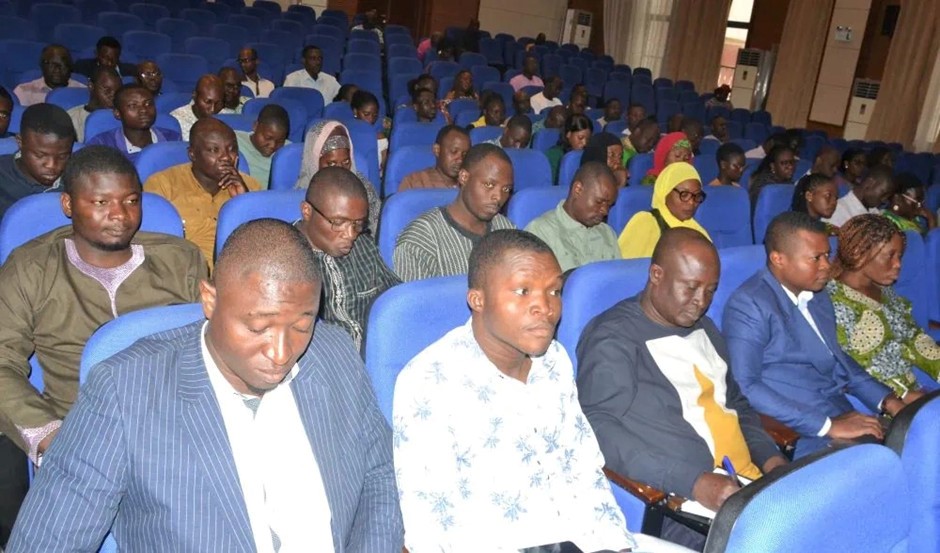
To address these issues, several recommendations were made. These include creating a department focused on village hydraulics, developing a national irrigation strategy, and training farmers in modern techniques. The goal is to enhance producers' capacities and ensure sustainable water resource management amid climate change challenges.
Established in 1973, CILSS consists of 13 member states, including Togo. The organization aims to ensure food security and combat climate change effects in the Sahel and West Africa.
Ayi Renaud Dossavi
Commonwealth Offers Scholarships to Togolese Students Looking to Study the UK
The Commonwealth is offering scholarships for Togolese students to pursue Master's and PhD degrees at universities in the UK for the 2025-2026 academic year. The scholarships were made available by the Commonwealth Scholarship Commission (CSC).
According to the Togolese Scholarships and Internships Department, applications will be accepted until October 15, 2024. The application process has two steps. First, applicants must register on the CSC website. Next, they must choose two or three universities to apply to.
The scholarships and internships department urges young Togolese who meet the related criteria "to apply for courses in key areas like science, technology, engineering, and mathematics". The Ministry of Higher Education and Research is launching a special awareness campaign to promote this opportunity.
Togo: State and Private Hold First Joint Annual Review Meeting
Togo’s Technical Committee for Dialogue between the State and Private Sector (CCESP) held its first annual meeting on September 12, 2024. The meeting occurred in Lomé, the capital, and was chaired by Minister of Economy and Finance Essowè Georges Barcola. Its goal was to review past activities and make recommendations, focused on taxation, a key issue for the private sector.
The CCESP reported significant progress in taxation, driven by the creation of appeal bodies which helped improve fairness and transparency in the tax system, making it more attractive for businesses. The committee also noted the implementation of a strategy to tackle fraudulent imports.
This year, the private sector, according to the CCESP, should contribute 57.6% of investments made in Togo. Last year, it contributed 52.2%. "This positive performance reflects the commitment of private players to support the country's economic growth," stated Minister Essowè Georges Barcola.
The official, however, stressed the need to assess private sector satisfaction in its interactions with public administrations. The assessment aims to enhance collaboration between both sides and strengthen ongoing economic reforms.
Esaïe Edoh
BCEAO Keeps Key Interest Rate at 3.5% Amid Rising Inflation
At its third monetary policy meeting of 2024 on September 11, the Central Bank of West African States (BCEAO) decided to keep its main interest rate at 3.5%. The interest rate for the marginal lending window also remains unchanged at 5.50%.
This decision comes as inflation keeps rising in the region. It reached 4.1% in Q2 2024, up from 2.9% in the previous quarter. The increase is linked to several factors, including a less favorable agricultural campaign for 2023/2024, supply issues due to insecurity in some regional countries (especially in the Sahel), and rising costs for imported food and energy.
Despite the rising inflation, the BCEAO remains optimistic, projecting a stabilization of inflation at 3.7% for the entire year, similar to 2023. A return to the target range of 1% to 3% is expected in 2025, depending on a more favorable agricultural campaign and a decrease in international food prices.
On the economic front, the BCEAO noted strong growth in the region, with real GDP increasing by 5.3% in the second quarter of 2024. Annual growth is projected to reach 5.9%, driven by improved trade and increased external resources.
In Togo, increases in food prices were the main driver of inflation in July, although there was a slight decrease compared to June.
Togo: Government Paid CFA70 Billion to Public Workers in Q1 2024, up 7.25% YoY
The Togolese government paid civil servants CFA70.17 billion in Q1 2024, against CFA65 billion in Q1 2023 (+7.25%). The ministry of finance recently disclosed the figure in its "Report on the Execution of the State Budget, Fiscal Year 2024 End of March".
According to the document, the number of workers paid over the quarter reviewed increased slightly, year-on-year. The payments include salaries, allowances, bonuses, family benefits, employer contributions, and other staff-related expenses.
For the whole of 2024, the government anticipates that it will pay CFA321.71 billion to public workers. These include civil servants, military personnel, and municipal employees.
Esaïe Edoh
Togo: Ministry of Technical Equips 50 Youths with Entrepreneurial Skills
The Ministry of Technical Education and Vocational Training in Togo launched an entrepreneurship training program for 50 talented young people this week. The training is part of the 3rd edition of the Technical Education and Vocational Training (ETFP) week, which took place last February.
The program was initiated on September 10 in Lomé by Minister Issac Tchiakpé. It aims to equip these young entrepreneurs with the skills to analyze the market, draw strong business models, and devise effective marketing strategies to attract consumers. The participants are winners of a talent and innovation competition organized during ETFP week.
Minister Tchiakpé claimed this training will help its beneficiaries more confident and provide them with the necessary skills to start their own businesses. The program is funded by the National Apprenticeship, Training and Professional Development Fund (NATPDF).
Togo: Substance Use Dominated by Alcohol and Cannabis (Report)
In Togo, alcohol is the most consumed substance, followed by cannabis, according to a recent report from the West African Epidemiology Network on Drug Use (WENDU). The report shows that alcohol accounts for 43% of substance use cases, while cannabis makes up 26%, and medical opioids represent 19%. This study is based on seizure data from 11 West African countries.
The report highlights that most users are young adults, aged between 20 and 39, with their first exposure to drugs occurring between ages 11 and 19. Outpatient treatment is the most common form of intervention, making up 64% of services, often initiated by family or professionals.
There are notable gender differences in substance use. Alcohol is the main substance for nearly 68% of women seeking treatment, compared to 39% of men. In contrast, about 39% of men seeking treatment are using cannabis, while only 13.47% of women are affected.
In 2023, the Togolese government seized over nine tonnes (9,252 kg) of cannabis, which is about 9% of total drug seizures in the region. Across ECOWAS, a total of 83,734 kg of drugs were seized across 11 countries, with Senegal reporting the highest at 15,905 kg, followed by Benin and Ivory Coast.
On the cocaine front, Togo seized very little cocaine last year, just 670 g. Its neighbor, Benin, meanwhile, seized 19.01 kg.
Commenting on the issue of substance abuse, ECOWAS recommends developing a regional policy on cannabis that considers cultural, economic, and social factors. The organization also urges countries to update their legal frameworks for drug control and enhance international cooperation.
Ayi Renaud Dossavi
